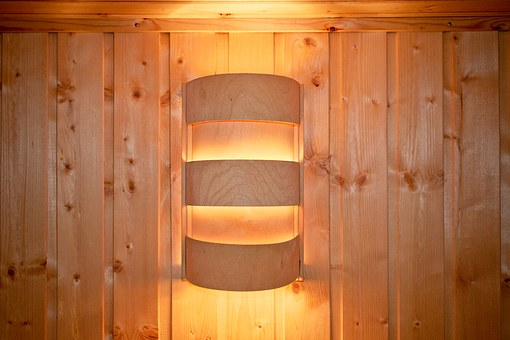
Infrared vs. Traditional Saunas
Saunas have been playing the role of natural medicine for centuries. Healthy sweating positively impacts multiple illnesses and chronic conditions. Moreover, the zen feeling a sauna offers is unmatched. It all began with introducing traditional saunas by the Finnish, which ultimately paved the way for more advanced infrared saunas.
Despite having a similar objective, both traditional and infrared saunas work differently and offer benefits.
Read on to learn about some of the common differences between a traditional and infrared sauna.
Functionality
The functionality of both traditional and infrared saunas is entirely different. A traditional sauna begins heating the room to a certain extent and stops reheating it to allow a sauna bathers’ body to start its natural cooling process. The purpose of this is to bring a person’s blood closer to the body’s surface and reach the skin to open its pores and release sweat.
On the other hand, infrared saunas emit light wavelength in the form of heat. It allows the body to fully absorb the heat energy without necessarily heating the entire space. Infrared saunas continue heating your body until you decide to leave the room to begin the cooling process.

Heat
Both infrared and traditional saunas consist of high heat levels. The temperatures tend to rise above 185 degrees Fahrenheit in traditional saunas. While it’s an ideal temperature for people looking for an intensive sweating session, it may sometimes overwhelm temperature-sensitive individuals.
Infrared saunas primarily focus on heating the body instead of the entire room. As a result, they stay cooler with a temperature between 120 and 150 degrees Fahrenheit. It’s a much tolerable temperature for heat-sensitive individuals who can experience intense sweating without high heat levels.
Safety
Regardless of the sauna typeyou prefer, both traditional and infrared saunas require you to take some essential safety precautions. Drinking plenty of water to stay hydrated and avoiding food and alcohol consumption is a must for both kinds of sauna therapy sessions. If you feel nauseous in a traditional sauna, consider leaving the space immediately to cool down.
Infrared saunas don’t pose significant risks as traditional saunas, mostly if you use them in moderations. All infrared sauna sessions’ duration should be under half an hour.

If you’d like to get a sauna for your home, reach out to us at USA Health & Wellness. We offer both traditional and infrared saunas for you to add to your home. Get pricing for our high-quality, low-EMF saunas by visiting our site or speaking to our representative today.
